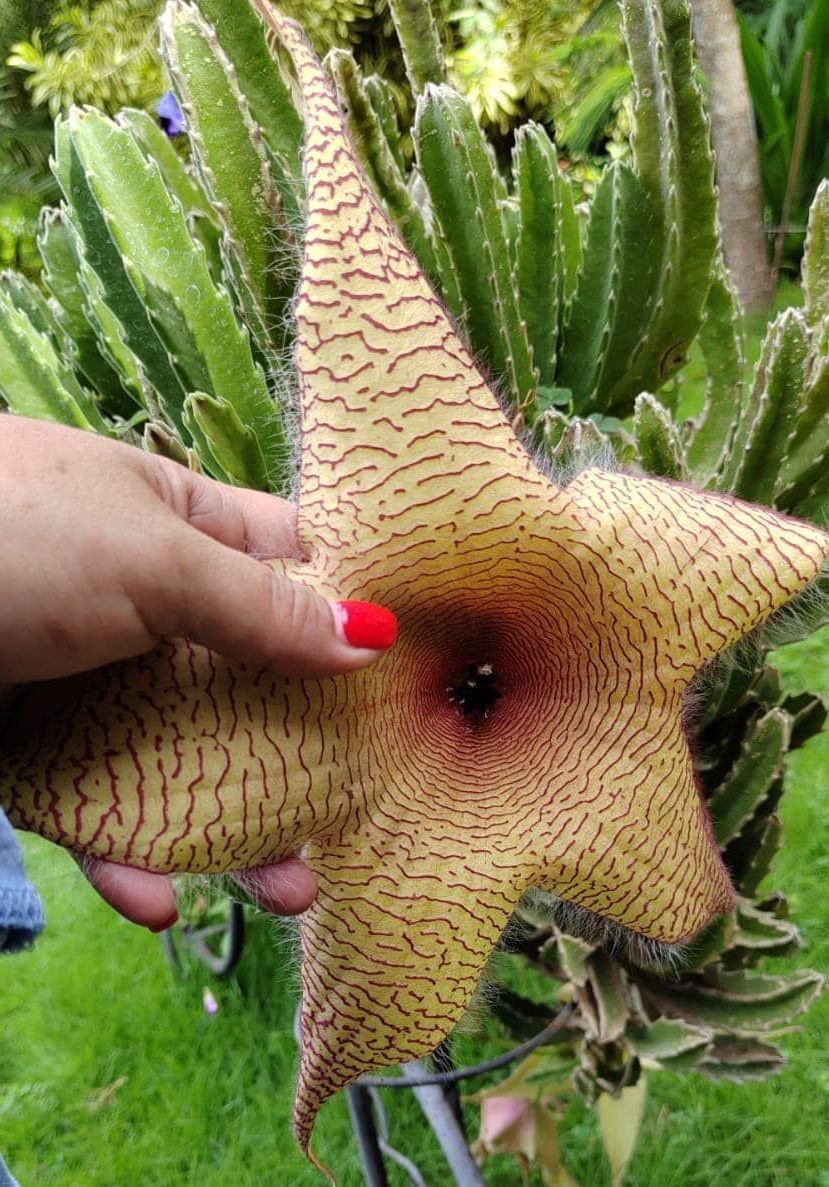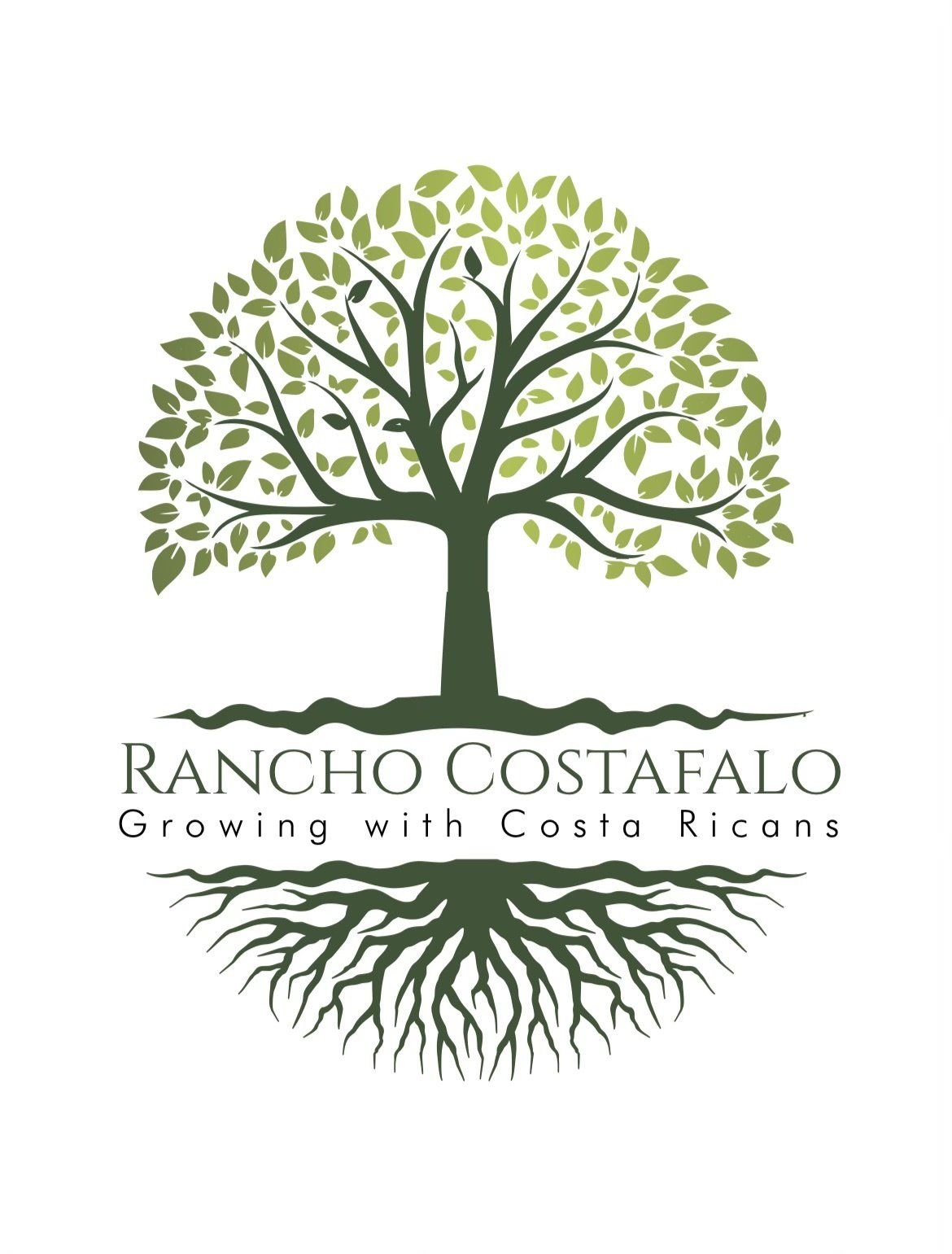Stapela has flowers that can grow up to 16 inches in diameter. Also called starfish flower, giant toad plant, or Zulu plant, it traps flies or other insects.

Costa Rica's lush landscapes are renowned for their diverse array of flora and fauna. Among the many intriguing plant species that thrive in this tropical paradise is the Stapelia plant. Belonging to the Asclepiadaceae family, the Stapelia is a captivating succulent that has earned a reputation for its unique appearance, intriguing blooms, and its surprising ecological role. In this blog post, we'll delve into the fascinating world of the Stapelia plant in Costa Rica and uncover the secrets behind its allure.
A Succulent Marvel: Unraveling the Stapelia's Characteristics
The Stapelia plant is instantly recognizable for its unusual growth habit and distinctive appearance. Characterized by fleshy, four-angled stems that grow in clusters, it forms dense mats close to the ground. These stems are often mottled with striking patterns, creating an eye-catching display of textures and colors. The plant's stems are also armed with small, soft spines, serving as a protective mechanism in their natural habitat.
Intriguing Blooms: The Hidden Beauty of the Stapelia
Though the Stapelia's stems are visually captivating, it is the plant's blooms that steal the spotlight. From the center of its star-shaped flowers emerges a unique and pungent scent, reminiscent of rotting meat. This distinct fragrance serves a specific purpose in nature – attracting carrion-feeding insects, like flies and beetles, which act as pollinators. This fascinating adaptation highlights the plant's reliance on specialized pollinators for its reproduction, making it an essential component of the ecosystem.
Stapelia in the Wild: Discovering its Natural Habitat
In Costa Rica, the Stapelia plant is often found in arid regions, coastal areas, and dry forests. The plant's ability to thrive in such challenging environments highlights its resilience and adaptability to varying conditions. In the wild, the Stapelia plays a crucial role in supporting biodiversity, offering shelter and sustenance to a myriad of insects and small animals.
Medicinal and Cultural Significance
Beyond its ecological importance, the Stapelia plant has also held cultural and medicinal value for indigenous communities. Some cultures have traditionally used parts of the plant to treat ailments like stomach issues, wounds, and skin conditions. However, it is essential to note that while the plant has historical uses, the modern medical community should further explore its potential benefits with caution and scientific research.
Conservation and Preservation
Despite its unique qualities, the Stapelia plant, like many other species, faces the threat of habitat destruction and illegal collection. Sustainable practices and conservation efforts are crucial to protect this captivating succulent and ensure its survival for future generations to appreciate. By supporting local conservation organizations and practicing ethical behavior when encountering these plants in the wild, we can contribute to preserving Costa Rica's natural beauty and biodiversity.
The Stapelia plant is a botanical gem that adds to the enchanting tapestry of Costa Rica's diverse flora. Its striking appearance, intriguing blooms, and essential ecological role make it a captivating subject for nature enthusiasts and botanists alike. As we explore the intricate world of the Stapelia, let us not forget the importance of preserving and protecting these unique succulents, and indeed, all of Costa Rica's natural treasures, for the sake of biodiversity and the harmony of our planet's ecosystems.
The Enigmatic Stapelia Plant: A Fascinating Succulent in Costa Rica
All Rights Reserved | Rancho Costafalo
Site by Oasis Grafx





